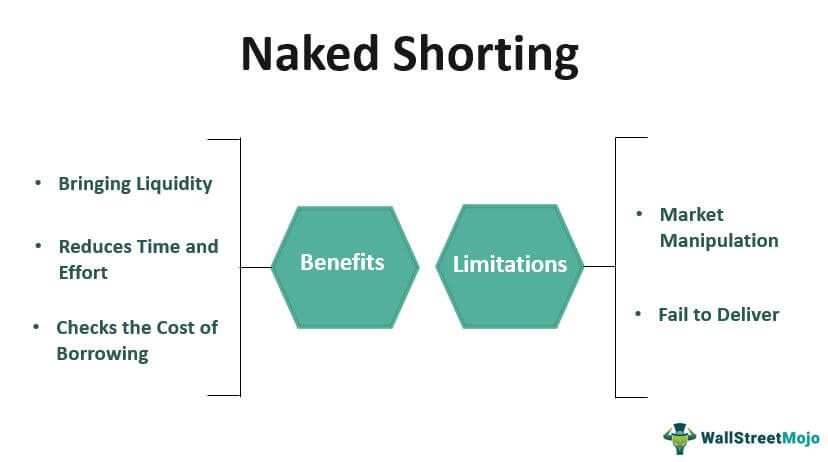What Is a PIN (Personal Identification Number)? Everything You Need To Know
A PIN (Personal Identification Number) is a number that you use to identify yourself when making financial transactions online. Payment cards often come with a PIN (Personal Identification Number) that may be needed to finish a transaction. A personal identification number, or PIN, protects electronic transactions even more. People often use a PIN (Personal Identification Number) with a debit card, especially when taking money out of their bank account. Using a PIN protects against fraud because card transactions are easy to do. Below we will talk about what are PINs and how they work.
Learning A PIN (Personal Identification Number)
Most of the time, PINs are utilized with debit cards associated to a user's bank account to protect the account even more. When a person gets a debit card, they must choose a unique PIN that they must enter every time they want to take money out of an ATM and, in many cases, when they pay at other merchant businesses. PINs are like passwords and are used in many ways, such as for home security and mobile phones. A PIN is a number used to prove that a person is who they say they are.
PINs and Card Security
Personal Identification Numbers usually have between four and six digits. They are given out by the bank using a coding system that makes each PIN unique, or the account holder can choose their PIN. A PIN is often sent to a cardholder along with the card, or it can be punched in at a branch when an account is opened in person.
When choosing a PIN, it's best to pick one that is hard to guess but easy to remember. In case of fraud, PINs like "123" or numbers that are easy to guess are not used. Common information like a person's birthday, wedding date, or Social Security Number is also not used. Account holders should be careful about who they give or show their PIN to so their bank accounts can't be accessed without their permission.
PINs and ETP (Electronic Transaction Processing)
Electronic transactions with stores are a bit trickier than transactions at ATMs. The merchant, the merchant buying bank, the processing bank, and the issuing bank are all involved in merchant transactions. Utilizing a PIN may assist to make transactions more secure since it requires the buyer to provide additional identification. PINs are often the last step in a payment process. They tell a store that a card can be used as payment. Most of the time, a PIN is only needed by the store clerk at the point of sale and not for online purchases. Once a card is approved to be processed, a message is sent to the merchant's acquiring bank, which settles the payment.

Once a payment transmission has been given to a certain processing network, the processing network may communicate with the cardholder's issuing bank. The issuing bank puts the transaction through extra security checks to ensure it is not a scam. They also check to see if the cardholder has enough money in their account to pay. When a merchant sends a transaction message to the providing bank, the bank takes extra steps to ensure the transaction is safe. Once the issuing bank confirms the transaction, the processor sends information to the merchant's acquiring bank. The merchant's acquiring bank tells the merchant about the transaction and starts the settlement process.
What Is A PIN's Length?
The most common number of digits for a PIN on a payment card is four. On the other hand, a financial institution may or may not accept PINs with eight or twelve digits. A longer PIN makes your account more secure, but it also makes it more likely that you'll forget it when you need it. When choosing your PIN, don't pick something easy to guess but still easy to remember.
How Can I Generate A PIN Number?
You should be able to get a PIN online, in person, or over the phone if the institution doesn't give you one. If you already have a payment card PIN and want to change it, you can do so at an ATM, on a banking app or website, or by calling your provider. To do this, you will need to give the original PIN.


